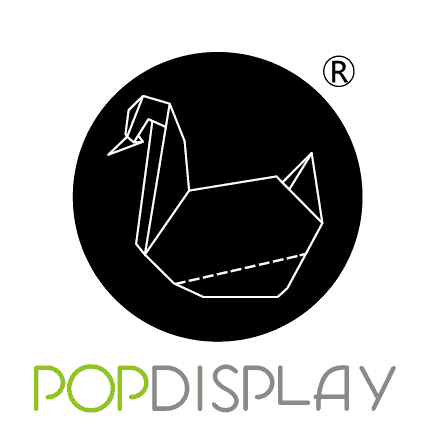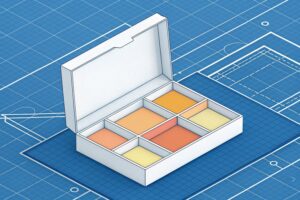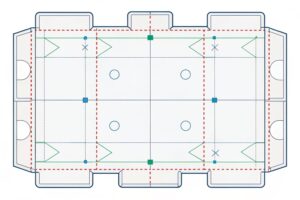How to Create PR Packages?
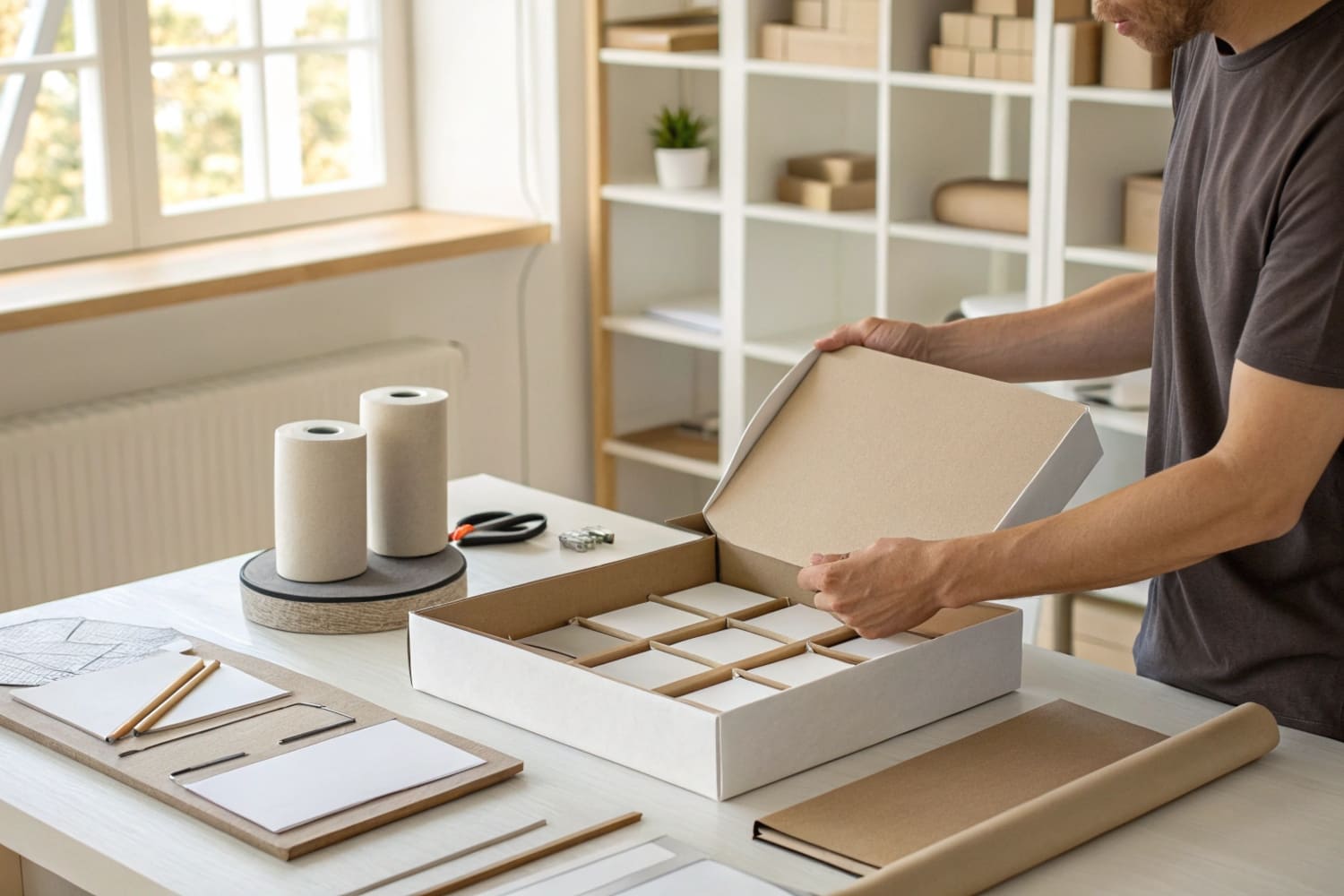
I see many brands struggle to launch fast. Deadlines arrive, budgets shrink, and samples lag. I faced the same pain. I found a simple way that works.
A PR package is a clear story in a box: define one goal, choose the must-include items, craft a brand-first unboxing, set a budget and a deadline, and lock logistics early.
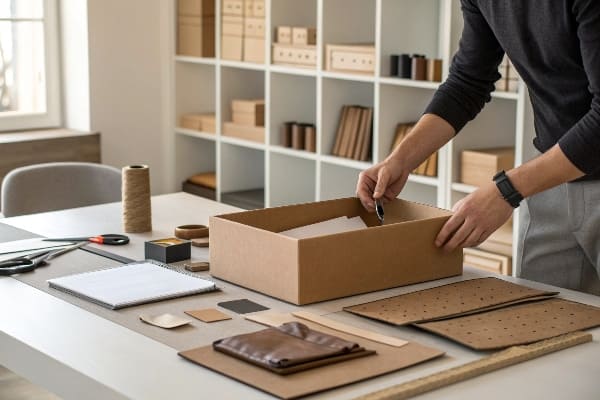
I will show my full playbook. I will share the steps, tools, and templates I use in my cardboard displays business. You can copy and adapt them today.
How to create a PR package?
Many people start with products and add fillers later. This makes clutter. It also wastes time. I use a simple flow. I write the story first. Then I fit the items to the story.
Start with one campaign goal, one hero product, and one headline. Build a storyboard, list three must-have items, choose sustainable materials, make a costed BOM, and lock a 3-week timeline with design, sample, and ship gates.
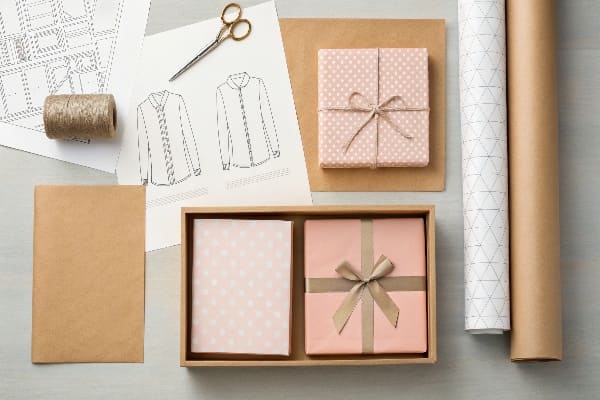
The step-by-step framework
I keep this process short and strict. It works for beauty, food, electronics, and outdoor gear. I tested it in North America and APAC. I lead a display factory, so I see many launches. I learned that speed comes from clarity and standard parts. I write a one-page brief. I choose corrugated board with water-based ink1. I design a flat-pack insert2 that holds every item tight. I print the box with large type and a clean logo. I add a QR code to a landing page. I test a drop from one meter with full load. I ask one creator to unbox on camera while I observe. I remove anything that slows the story or adds cost without value. This keeps the kit light, safe, and easy to ship.
Core checklist
| Step | What I do | Tool/Output |
|---|---|---|
| Goal | One measurable result (e.g., 50 creator posts) | One-line KPI |
| Story | Headline + three talking points | Messaging doc |
| Items | Hero + two support pieces + one CTA insert | Item list & weights |
| Structure | Flat-pack tray and sleeve | Die-line PDF |
| Visuals | Big logo, bold color blocks, simple type | Print-ready artwork |
| Proof | Strength and color checks | Sample photos + test sheet |
| Ship | Address list, carrier, labels | CSV + labels |
| Track | UTM + QR code | Dashboard sheet |
How do we get PR packages?
Brands ask me this a lot. They want speed and control. They fear late deliveries and damage. I solve this with a simple supply chain map and standard components.
Source with a two-track plan: pick a primary factory for custom work and a backup for rush orders, lock standard materials, pre-buy common inserts, and ship in regional waves with tracking and a buffer.

Sourcing and logistics that do not break
I keep one main vendor and one backup vendor in the same city. I lock shared specs: E-flute or B-flute corrugated, 3mm foam option, water-based inks3, and matte varnish. I store standard trays and corner protectors. I keep dielines ready for fast edits. I run color on the same paper stock every time. I plan freight by region. I start with local creators near the launch market. I split shipments4: 60% by express, 40% by economy. I build a two-day buffer for customs. I print labels from a cleaned CSV to cut errors. I photograph each kit before sealing. I place the QR code inside and outside the box. I send each creator a short brief. I track posts with UTM links. I share one dashboard with the team. I do not wait for perfection. I ship the first wave, gather feedback, and improve the second wave.
Supplier and shipping map
| Topic | Primary Choice | Backup Choice | Why it helps |
|---|---|---|---|
| Board | B-flute corrugated | E-flute | Balance strength and print surface |
| Ink | Water-based CMYK | Digital short-run | Lower VOC, fast small lots |
| Finish | Matte varnish | Aqueous coat | Recyclable and safe |
| Insert | Die-cut tray | Honeycomb pads | Fast assembly and strong hold |
| Freight | Express air | Consolidated air | Speed vs. cost control |
| Regions | US, CA, UK, AU | APAC as needed | Align with target markets |
| Tracking | UTM + QR | Manual log | Clear ROI link to content |
How to write a PR package?
Words guide the unboxing. Many kits look good but say nothing. I write for speed and clarity. I write like I speak to a friend who opens the box.
Write one-sentence promise, three short benefits, one single CTA, and a 30-second unboxing script; keep all copy at Grade 6 level, use active voice, and place QR code next to the CTA.
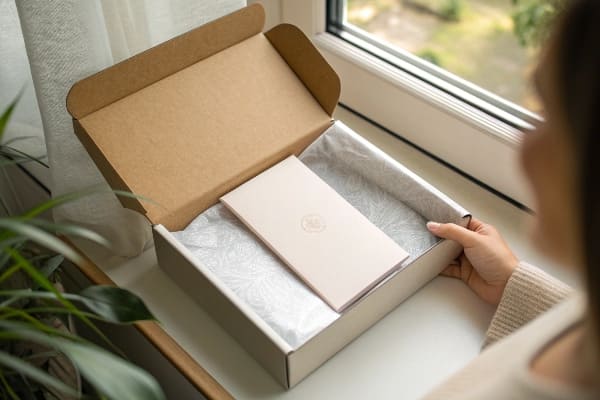
My copy kit that creators love
I draft the hook first: one clear promise. I add three benefit lines. I avoid fluff. I add one CTA that points to a landing page5. I print the handle and care note on the insert so people can set up fast. I place the logo big and the web link short. I do not hide the QR code. I put it near the CTA line. I add alt text to the landing page images for SEO. I keep the color of text dark on light to help readability. I test the script with a creator on a call. I remove any hard words. I keep time to 30 seconds. I write captions in first person to sound true. I include a short disclosure line. This keeps brands safe and builds trust6. I learned this during a cosmetic launch when we used heavy words and lost attention. We switched to simple lines and saw more posts and clicks.
Copy blueprint
| Element | Max Length | Example |
|---|---|---|
| Promise | 12 words | “Steady shots, lighter carry, quicker setup.” |
| Benefits | 3 bullets, 6 words each | “Cuts glare. Locks fast. Packs flat.” |
| CTA | 8 words | “Scan to claim launch bundle today.” |
| Script | 4 lines | “Here’s what’s inside… Set it up… See how it fits… Scan to get the deal.” |
| Compliance | 1 line | “#gifted #ad, learn more at link.” |
How to start PR packaging?
People ask me where to begin when the clock is ticking. I use a 21-day plan. It works for small teams. It works when budgets are tight. I follow it step by step.
Launch in 21 days: day 1 brief, day 2–5 design, day 6 sample, day 7 test, day 8–12 revise, day 13 lock, day 14–17 produce, day 18 pack, day 19–20 ship, day 21 go live and track.
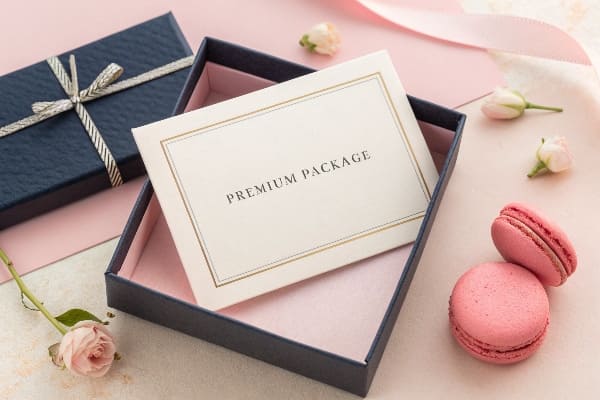
The 21-day timeline I run in my factory
I run three production lines. I plan design, sample, and print in parallel. I book press time on day 2. I order board and inks on day 3. I output dielines by day 4. I cut a white dummy on day 5. I print one color proof on day 6. I do a drop test and a transport test on day 7. I review color in daylight and in store light. I approve by day 13. I start mass print7 on day 14. I glue trays on day 15. I assemble 10 pilot kits on day 16. I fix any weak point on day 17. I pack and label on day 18. I ship on day 19 and 20. I track posts and clicks on day 21. I use simple boards, common inks, and a flat-pack design to keep speed. I add barcodes and region labels to avoid mix-ups. I store spare trays for reorders. I keep training videos ready for store staff. I work like this because I learned in outdoor retail that launch windows are short. A clear plan saves the season.
21-day plan at a glance
| Day | Milestone | Owner | Output |
|---|---|---|---|
| 1 | One-page brief | Marketing | Goal + KPI |
| 2–5 | Design + dielines | Design | PDF + mockup |
| 6–7 | Sample + tests | Factory | Photos + test sheet |
| 8–12 | Revisions | Design/Brand | Final artwork |
| 13 | Lock | All | Sign-off |
| 14–17 | Printing + assembly | Factory | 100% kits |
| 18 | Pack & label | Ops | Pallets |
| 19–20 | Ship | Logistics | Tracking IDs |
| 21 | Go live | Social | Posts + dashboard |
Conclusion
A strong PR package is a clear story, a tight build, a fast plan, and a simple path from box to post.
Discover why water-based ink is a sustainable choice for printing and how it impacts product quality. ↩
Explore this link to understand the benefits and applications of flat-pack inserts in efficient packaging solutions. ↩
Explore the advantages of water-based inks for eco-friendly printing solutions. ↩
Learn how split shipments can enhance delivery speed and cost-effectiveness in logistics. ↩
Explore this resource to enhance your landing page’s SEO, ensuring better visibility and engagement. ↩
Discover insights on how transparency can strengthen consumer trust, crucial for brand loyalty. ↩
Understanding mass print processes can enhance efficiency and quality in production. ↩
